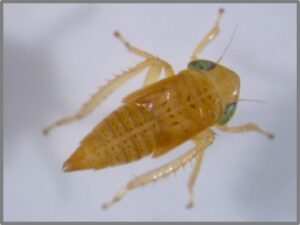We would like to invite all NJ cranberry growers to the 2022 Cranberry Twilight Meeting to be held at the P.E. Marucci Center (Pole Barn) on Tuesday June 14. Pesticide credits will be available at the end of the meeting.
Agenda
5:30-6:00 PM Dinner
6:00-6:20 PM “Strategies for Early Detection of Crop Loss”
Dr. Peter Oudemans, Professor Blueberry/Cranberry Pathology, Rutgers University
6:20-6:40 PM “Update on Postemergence Weed Control Strategies for Cranberry”
Dr. Thierry Besancon, Assistant Extension Specialist, Weed Science, Rutgers University
6:40-7:00 PM “2022 Insect Pest Management Updates”
Dr. Cesar Rodriguez-Saona, Extension Specialist, Entomology, Rutgers University
7:00-7:20 PM “Systemic Diseases of Cranberry’”
Dr. James Polashock, Research Plant Pathologist, USDA-ARS
7:20-7:40 PM “Updates on the USDA-ARS Cranberry Breeding & Genetics Program”
Dr. Jeffrey Neyhart, Research Geneticist, USDA-ARS
7:40-8:00 PM “Beyond the Application: Precautions for Mixing and Loading the Pesticide Spray Tank”
Kate Brown, Program Associate—Commercial Agriculture, Rutgers Cooperative Extension of Burlington County

